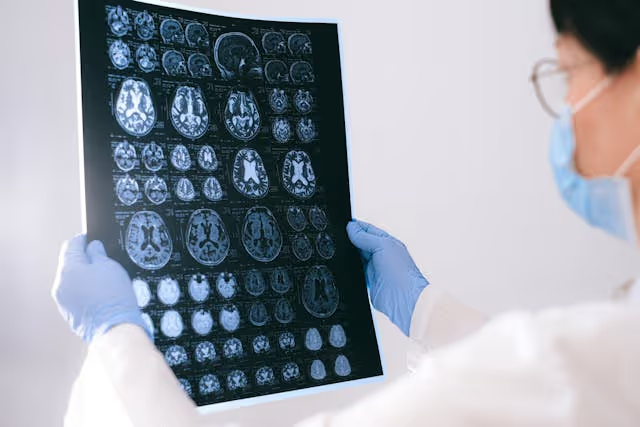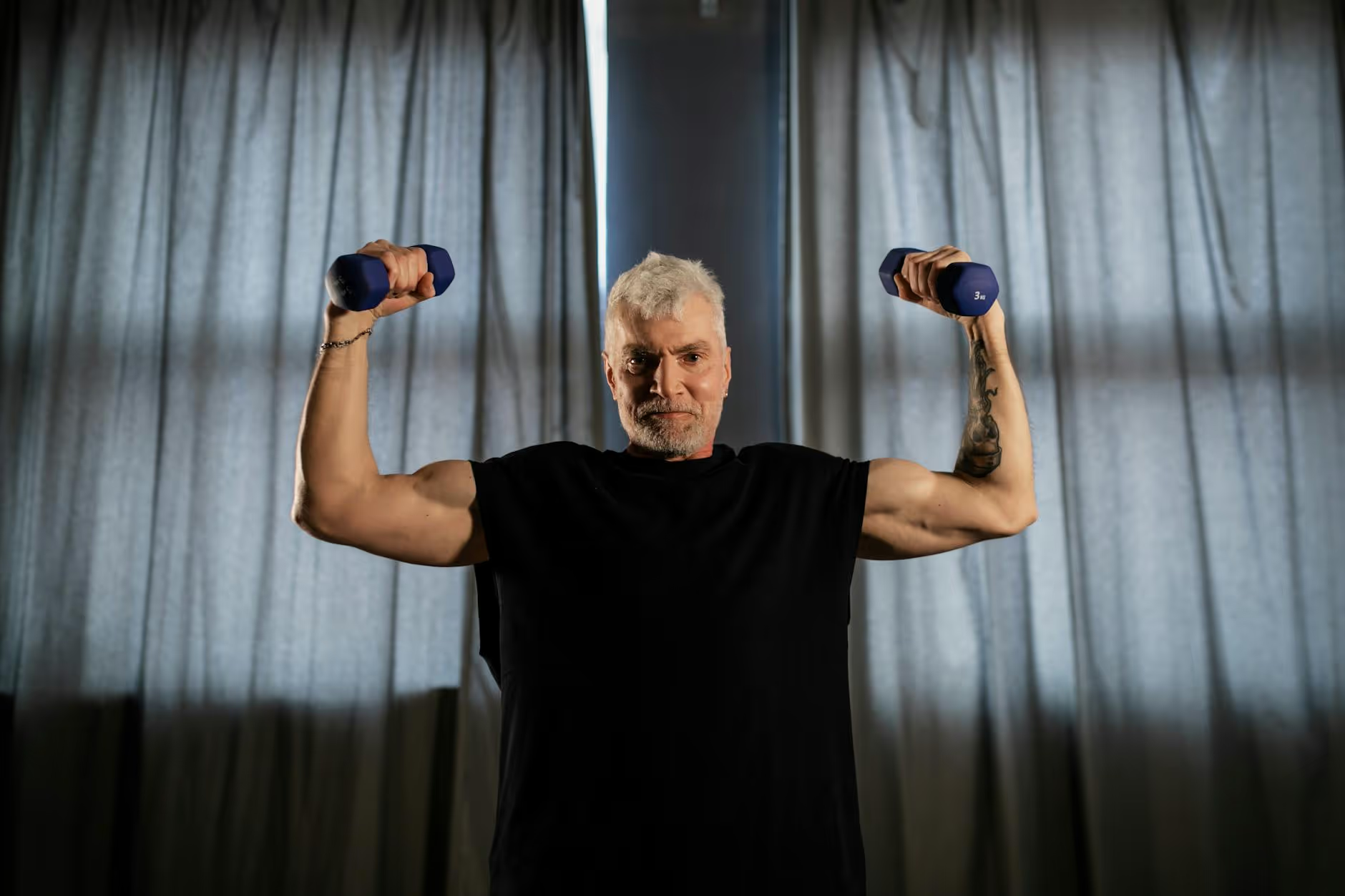The benefits of physical therapy after surgery
April 10, 2025
Exploring the Essential Role of Physiotherapy in Post-Surgical Recovery


Introduction
Surgery marks the beginning of a complex recovery journey, where regaining mobility, managing pain, and restoring overall function are critical. Physical therapy plays a vital role in this process, facilitating faster and more comprehensive healing. This article delves into the multitude of benefits physical therapy offers post-surgery, providing insights into when to begin therapy, its duration, and the treatments involved. By understanding the impact of physical therapy, patients and healthcare providers can make informed decisions that enhance recovery outcomes.
Benefits of Physical Therapy After Surgery

What are the benefits of physical therapy after surgery?
Physical therapy after surgery offers numerous benefits that promote faster and more effective healing. One of the primary advantages is the restoration of muscle strength and flexibility. Surgery often leads to muscle weakness in the affected areas, and physical therapy helps address this by incorporating targeted exercises that build strength and enhance flexibility.
Effective recovery through tailored exercises
Tailored exercises and stretches are critical components of post-surgical rehabilitation. These exercises are designed according to the individual needs of each patient, ensuring that weak points are effectively addressed and that recovery progresses safely. The guidance of a physical or occupational therapist is crucial, as they provide hands-on support, ensuring exercises are performed correctly to avoid injury.
Impact on blood circulation
An important aspect of physical therapy is its positive effect on blood circulation. Movement promotes blood flow to the surgical site, which is essential for delivering vital nutrients and oxygen necessary for healing. Enhanced circulation can reduce swelling and improve healing times, leading to quicker recovery.
Overall health benefits
Moreover, physical therapy significantly contributes to overall health. Engaging in rehabilitation can help improve stress levels, enhance mood, and promote better sleep quality. These psychological benefits are equally important, as they contribute to a patient's motivation and engagement in their recovery journey.
| Benefit | Description |
|---|---|
| Muscle strength restoration | Tailored exercises target recovery of strength in affected areas. |
| Flexibility improvement | Stretches help regain range of motion and prevent stiffness. |
| Enhanced blood circulation | Promotes healing by increasing blood flow to the surgical site. |
| Positive health impacts | Improves mood, stress levels, and sleep quality for better recovery. |
Timing and Duration of Physical Therapy Post-Surgery

How soon should you start physical therapy after surgery, and for how long is it typically needed?
Physical therapy can usually begin as early as two days after surgery. The exact timing depends on several factors, including the type of surgery performed and the individual's recovery process. Early intervention is crucial as it helps reduce stiffness and significantly improves mobility, enhancing the overall recovery experience.
Typically, patients attend physical therapy sessions two to three times per week for several months. The duration of therapy varies widely, often ranging from a few weeks to six months or longer. This time frame greatly depends on the patient’s specific rehabilitation goals and needs.
What is the typical duration and frequency of physical therapy sessions?
The frequency of sessions is usually two to three times weekly as it allows for sufficient progress without overwhelming the patient. Each session focuses on tailored exercises designed to restore strength and flexibility.
| Aspect | Typical Details | Importance |
|---|---|---|
| Start Time | 2 days post-surgery | Helps reduce stiffness and improve mobility |
| Frequency of Sessions | 2-3 times per week | Consistent practice for optimal recovery |
| Duration of Therapy | Weeks to 6 months or longer | Personalized to achieve rehabilitation goals |
How are personalized rehabilitation timelines determined?
Personalized rehabilitation timelines are designed based on individual patient assessments. Therapists consider factors such as surgical type, overall health, and recovery goals. Following healthcare provider recommendations closely is essential for establishing the right timing and length of therapy.
By adhering to these tailored plans, patients can maximize their recovery outcomes and regain functionality more effectively.
Common Treatments in Post-Surgery Physical Therapy

What types of treatments are commonly included in post-surgery physical therapy?
Post-surgery physical therapy typically encompasses a variety of treatment approaches tailored to the individual's recovery needs. These treatments are crucial to facilitate healing and restore functionality following surgical procedures.
Exercise routines for mobility and strength
One fundamental component is exercise routines designed to improve mobility and strength. Patients often engage in:
- Therapeutic exercises aimed at rebuilding muscle strength and enhancing joint function.
- Stretching routines to improve flexibility, which is vital to prevent stiffness and enhance range of motion post-surgery.
- Strength training exercises tailored to individual needs, helping regain power in affected areas and combat muscle atrophy.
Pain and scar tissue management techniques
Pain management is another critical focus area. Techniques include:
- Manual therapy such as massage and myofascial release, which helps ease pain and reduce swelling.
- Ultrasound therapy to promote healing by improving blood flow and managing scar tissue formation.
- Cold/heat therapy to alleviate discomfort and enhance relaxation, aiding recovery from acute pain.
Specialized modalities utilized in therapy
Physical therapists may also incorporate specialized modalities:
| Treatment Modality | Description | Purpose |
|---|---|---|
| Hydrotherapy | Exercises performed in water, reducing impact on joints | Supports mobility and strength rebuilding |
| Electrotherapy | Using electric stimuli to relieve pain and stimulate muscles | Enhances recovery and reduces discomfort |
| Gait training | Focused therapy to improve walking mechanics | Reduces the risk of falls and enhances ambulation |
Ultimately, the combination of hands-on techniques and supervised exercises is designed to enhance physical performance and facilitate rehabilitation after surgery.
Managing Pain and Preventing Complications with Physical Therapy

Pain reduction through therapy
Physical therapy is a powerful tool for managing post-surgical pain. It employs various techniques that help to alleviate discomfort by reducing inflammation and swelling. Therapeutic exercises, manual therapy, and modalities like massage enhance blood flow, providing nutrients essential for healing and alleviating pain naturally without relying solely on medications.
Prevention of complications such as infections and blood clots
Engaging in physical therapy soon after surgery helps mitigate risks associated with extended immobility, such as infections and blood clots. Targeted movement exercises promote circulation and maintain muscle activity, crucial for preventing complications. For instance, patients participating in early mobilization during therapy experience a significantly lower incidence of complications related to surgical recovery.
Additional therapeutic benefits
The benefits of physical therapy extend beyond just pain management and prevention of complications. Rehabilitation sessions advance strength, balance, and flexibility, which are often compromised after surgery. Moreover, physical therapists educate patients on body mechanics and self-care strategies, supporting overall recovery while fostering independence.
Enhancing Long-Term Recovery and Quality of Life

Improving Range of Motion and Flexibility
Physical therapy plays a significant role in enhancing range of motion and flexibility post-surgery. Tailored exercises and stretches help patients regain movement in the affected areas, which is critical after surgical interventions. Therapists often utilize various techniques, such as myofascial release and manual therapy, to facilitate recovery and improve joint function.
Role in Overall Functional Improvement
In addition to flexibility, physical therapy focuses on restoring overall functional capabilities, enabling patients to return to daily activities more efficiently. By integrating strength training and endurance exercises into their routines, individuals recover essential muscular power lost due to surgery. This comprehensive approach reduces the risks of complications like blood clots and muscular atrophy.
Impact on Mental Health and Motivation
The psychological benefits of physical therapy are notable. Engaging actively in rehabilitation can boost morale and motivate patients, accelerating the healing process. Physical therapists provide continuous support and encouragement, helping patients maintain a positive outlook on recovery and improve adherence to their treatment plans.
Conclusion
Physical therapy is indispensable in the recovery journey after surgery, offering both immediate and long-term benefits. By commencing therapy early and embracing a tailored treatment plan, patients can optimize their healing process, restoring strength, mobility, and overall function. The comprehensive approach of physical therapy not only addresses physical challenges but also supports emotional well-being, making it a key component in achieving full recovery and enhancing quality of life post-surgery.
References
- The Role of Physical Therapy After Surgery
- Physical Therapy (Physiotherapy): What It Is & Benefits
- Assessing the effectiveness of routine use of post-operative in ...
- The Science of Healing: The Role of Physical Therapy After Surgery
- 9 Benefits of Physical Therapy After Surgery
- Merits of exercise therapy before and after major surgery - PMC
- The Role of Physical Therapy in Orthopedic Rehabilitation Recovery
- 5 reasons physical therapy is important after surgery - Reid Health
- 5 Benefits of Physical Therapy after Surgery - PIH Health
- How Physical Therapy Improves Outcomes After Surgery


























































.jpeg)











































































































































































































.avif)























































.jpeg)

































































.jpeg)














.jpg)









































.jpeg)









































































.avif)




.avif)

















































.avif)







































































































































































